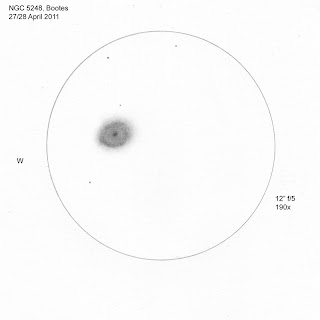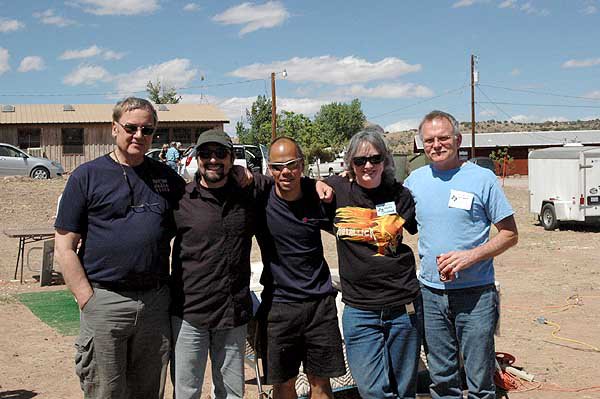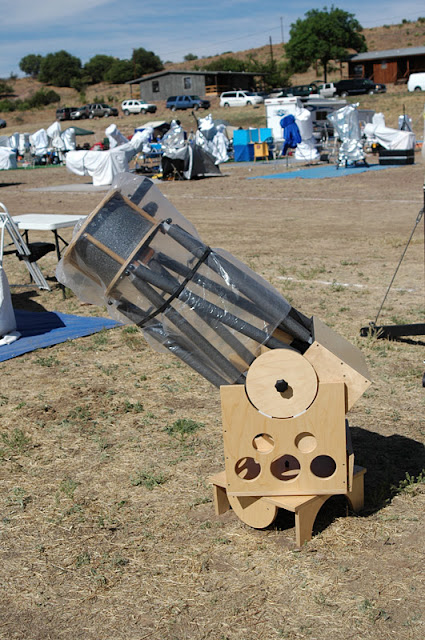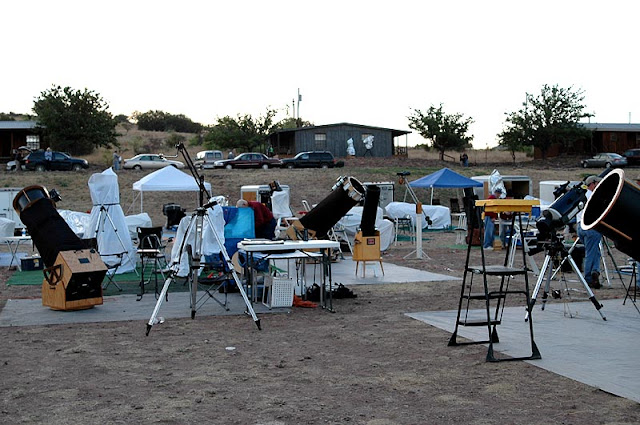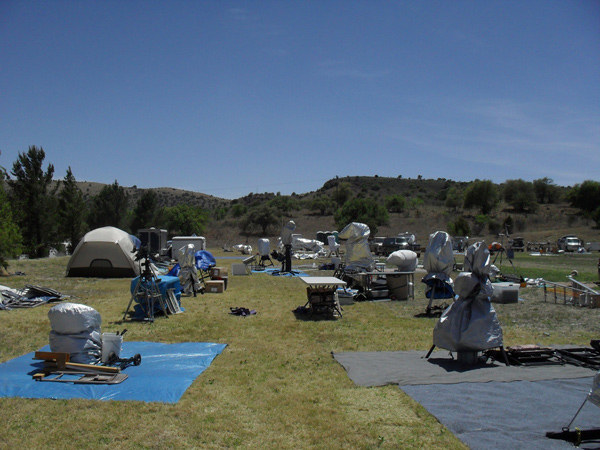Volcanic ash. Again. At least, this year, I don’t have any travel plans to be potentially disrupted but if I was going to TSP, I think I’d be a bit worried, as it starts on Sunday. I was lucky last year, I dodged the ash as the winds changed direction the day before my flight left and the worst thing that happened then was that we got rerouted north of the Arctic Circle, which turned an 8 hour flight into a 12 hour flight. Who’d have bet on lightning – or, rather, ash – striking twice in the space of 13 months when there’s been hitherto years of no disruption despite plenty of Icelandic volcanic activity?
On a lighter note, I am hoping to do some travelling next year, whether the TSP or something else. I am thinking of doing something different and going on an astronomy trip to Arizona. Arizona has a fabulous climate for observers, being dry and transparent with over 300 clear nights a year (which is a lot better than us!), there are observatories you can visit – Lowell certainly has a public visitor centre – and there are, as you’d imagine, lots of amateur astronomers and astronomy clubs there. Also, while I have been to the States three times, all of these visits have been to Texas and I’d like to see a bit more of the place. It’s a big country and there is plenty to see. Should I make it out to Arizona, I am hoping I can meet with other observers and clubs. Funds permitting, I would also be hoping to make a side-trip to California.
I’d like to take a little travel scope with me as my 8×42 binoculars don’t quite cut it, although they are great for widefield views and I have seen most of the Messiers and quite a few brighter non-Messier DSOs with them. I have a Vixen 70mm guidescope that came in a box of bits given to me a few years ago and that should fit the bill quite nicely. I have found a suitable 1.25 inch diagonal and my Televue 25mm, 15mm and 11mm Plossls plus the 8mm Radian (which give magnifications of 16.8x, 28x, 38x and 52.5x respectively) and it gives nice views of bright deep sky objects and the Milky Way. I am not sure I’d take all four eyepieces with me but it’s nice to have a variety.
I tried it out last night, on M4, M57, M81, M82 and the globulars in Ophiuchus and it worked very well indeed.
I also had a fairly unsuccessful session with the 12″. Unsuccessful? Simply because the sky was a bit too light (it was 2330 local time) to find much, there was a fair bit of drifting cloud around and there was a stiff breeze (it has been pretty stormy just recently). I was after galaxies in Hercules, knowing full well it wouldn’t be that successful. Hercules is best placed for viewing in June but that’s precisely the wrong time of year to see it properly from these latitudes, thanks to light nights.
I did, however, find NGC 5970, a galaxy in Serpens (Caput) – it was reasonably bright and stood out well against the background sky. There wasn’t much brightening towards the core, it was very slight. Core non-stellar and the edges of the galaxy were diffuse, not sharp. Elongated 2:1 NW-SE. 69x, 190x
I then had a look round some of the brighter Messier globulars in Ophiuchus before putting the 12″ away and getting out the little 70mm Vixen.


